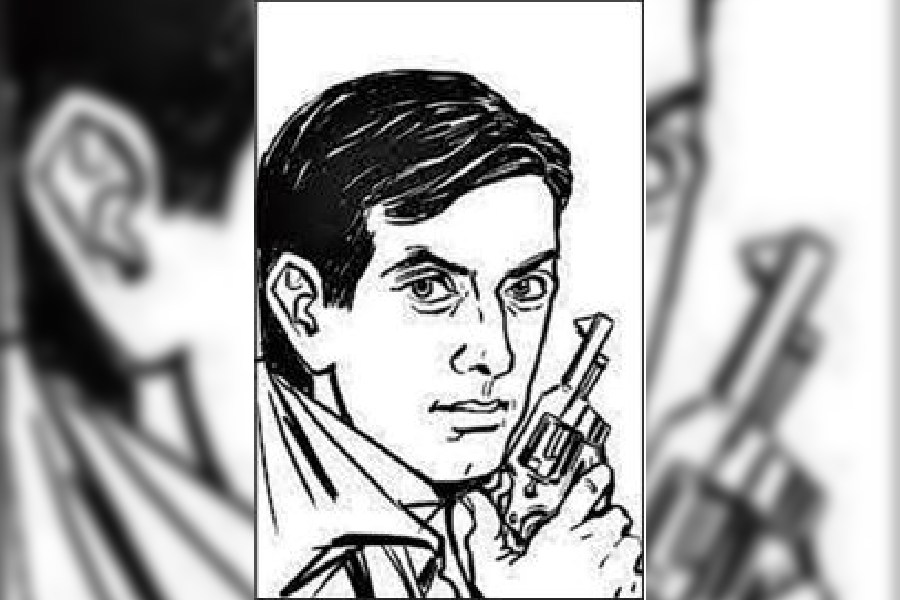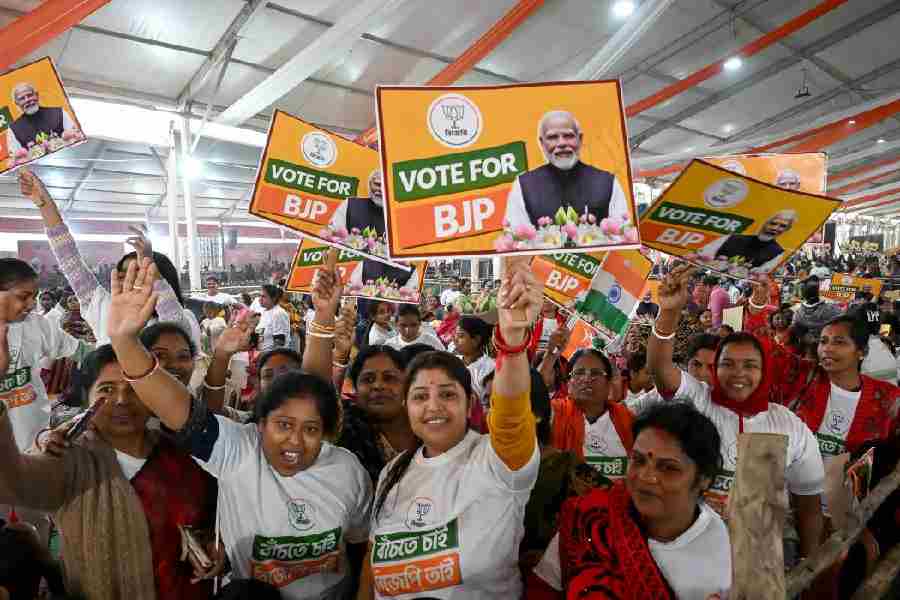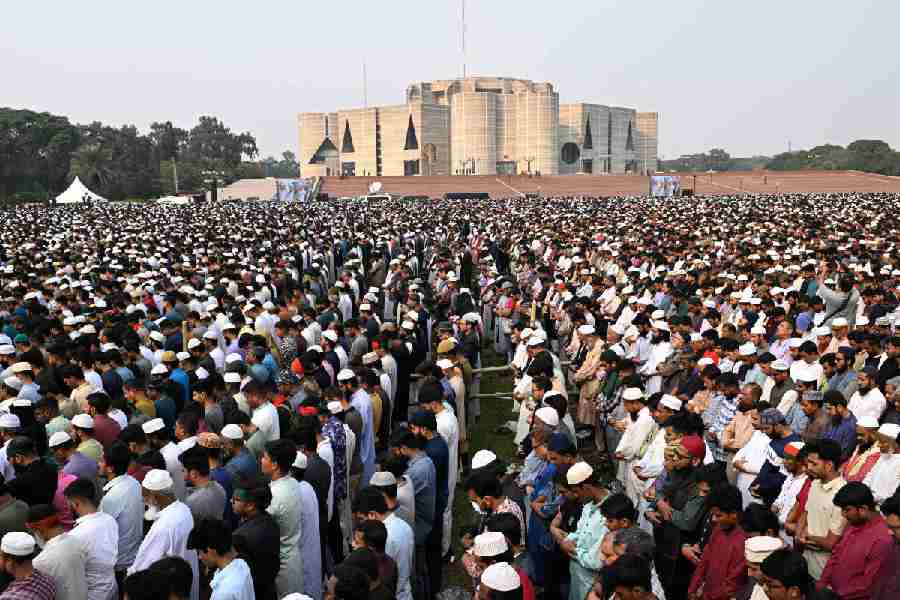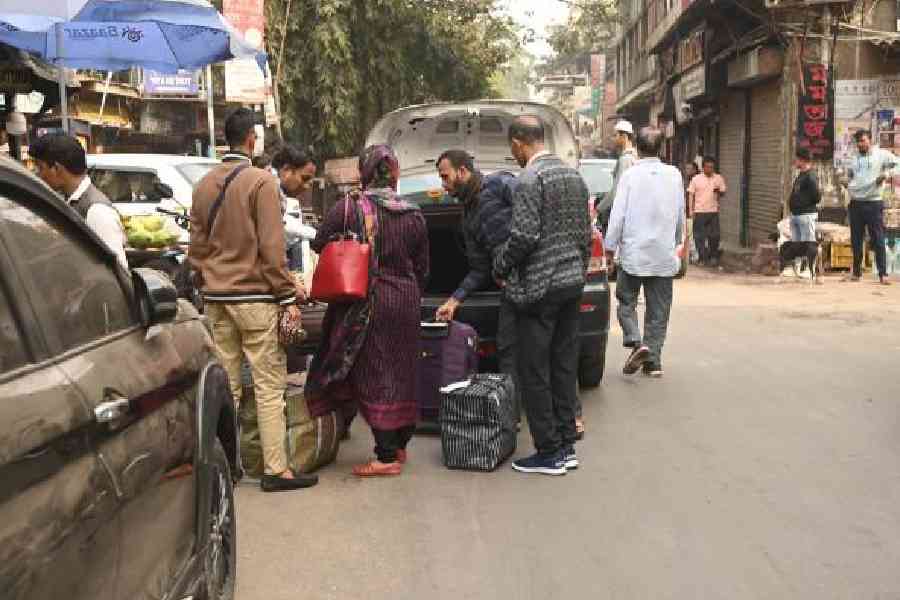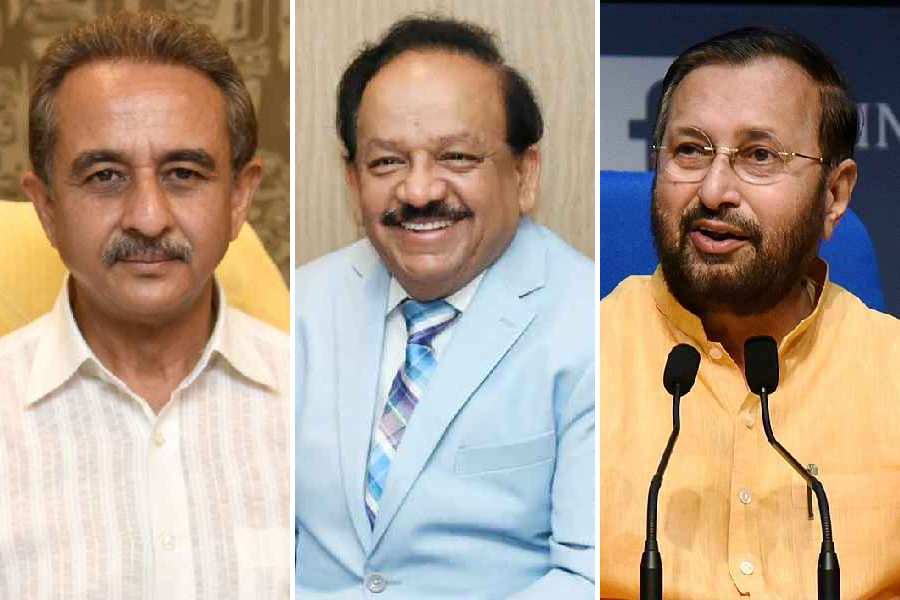One summer, about 24 years ago, Feluda and Topshe walked into my life with the 100 steps that took them to reach Rajen Majumdar’s house in Darjeeling. Since then, as the mercury rises each year, so does the itch to crack open the Feluda Samagra, open a bottle of lebu’r jarok and while the afternoon away. The craving is especially acute around this time — Satyajit Ray’s 33rd death anniversary fell earlier this week; his 104th birth anniversary will fall in a week’s time; Feluda also turns 60 this year.
Instead of penning a tribute though, I intend to pen a complaint, albeit one that is not novel. Many commentators, especially women, have pondered the same question; some have even written about it — where are the women in Felu’s world?
Feluda, of course, had provided a clue.
In Nayan Rahasya, Feluda claims, “Eta bhulle cholbe na je, amar pathak prodhanoto kishor kishori” by way of proffering an explanation for why he does not discuss cases that might be too risqué for a young readership. He echoes his creator, who had once written, “To write a whodunit while keeping in mind a young readership is not an easy task, because the stories have to be kept ‘clean’.” Yet none of this explains why there are barely any women characters in Feluda’s adventures — a striking number of his clients are bachelors and widowers. When women are present, fleetingly, their only discernible trait is that they are ardent admirers of Feluda, such as in Napoleon’r Chithee where the victim’s daughter-in-law is a voracious reader of Feluda and in Ambar Sen Antordhan Rahasya and Bosepukure Khunkharapi where the nieces of the victims are Feluda’s fans. Doctor Munshi’r Diary is perhaps an exception since the wife of the eponymous character plays a key role in plotting his murder.
An imbalance in the representation of and the weightage to female characters is also apparent in Ray’s other fictive creations. Professor Shonku has as companion, Newton (a cat), Prahlad (his man Friday) and Abinashbabu, (neighbour and, later, journeyman) — all of them men; the children who gather to hear Tarini khuro’s stories are mostly boys, notes the author, Sohini Chattopadhyay; Goopy and Bagha are married but their wives are just heard of. In fact, aliens have more well-rounded character arcs in Ray’s short stories than women. One may have overlooked this in someone who has not portrayed women with as much finesse as Ray has repeatedly done in his films.
But the purpose of this piece is not to make an obvious point: that of women’s invisibility in Feluda’s world. Instead, I would like to speculate on why Feluda did not have female clients or, for that matter, why he never encountered a woman criminal.
Could it be that data on crime had a blind spot in the shape of women at the time Ray was scripting Feluda’s adventures? A fascinating paper from the Symbiosis Law School outlines how theories of criminology emerging in the 1960s — Feluda’s first adventure was published in 1965 — dismissed the role of women both as victim and offender. For every 59 males arrested by the police in India in 1975 — the time when Feluda’s popularity had been cemented — only one woman used to be arrested.
There is another interesting gap between reality and perception that must be pointed out in this regard. Crimes by women grew by 46.84% between 1971 to 1975, with the greatest proportionate increase in women committing ‘violent offences against the person’. Yet, the woman criminal continued to be seen primarily as a breach of gender norms. The sociologist, Otto Pollak, asserted in his late-20th-century book, The Criminality of Women, that the reason for female delinquency was attributed to their hidden sexual desires. Is that why Feluda baulked at discussing cases featuring femme fatales with ‘kishor kishoris’?

